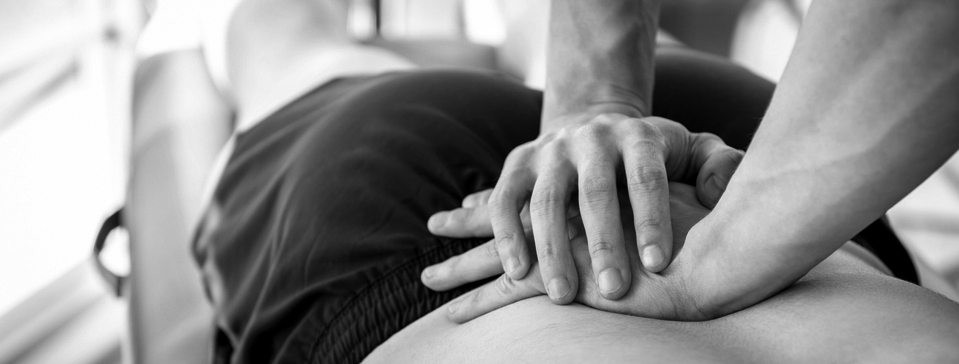Peace & Love injury care
Peace & Love - injury care.
Brief History
Over the years there have been a few ‘catchy’ acronyms to help you remember immediate care for soft tissue injuries, such as a pulled hamstring.
You may remember RICE (1978).
Rest
Ice
Compress
Elevate
or perhaps POLICE (2012)
Protect
Optimal Loading
Ice
Compress
Elevate
Or the most up to date PEACE & LOVE (2019).
The evolution of this acronym represents changes in attitude and small but significant changes to the underlying research. Despite this change the main concept remains the same: Reduce swelling and limit inflammation whilst it develops over the first 72 hours (this can be thought of as the inflammatory period).
Application
What to do in the first 72 hours PEACE:
Protection, avoid movements that provoke or increase pain during this time.
Elevation - raising the injured area above the heart encourages blood not to gather in that area helping to avoid painful swelling.
Avoid Anti-Inflammatories - recent evidence has shown that use of anti-inflammatories may extend recovery time. As such alternative pain management should be considered such as paracetamol (aka. acetaminophen).
Compression - once again compression will help to stop excessive swelling, this should not restrict the flow of blood.
Education - professionals can offer you advice; this can allow you to take an active part in your recovery and avoid unnecessary tests, investigation, and treatment.
If you have any doubts or concerns seek professional advice about the best course of action.
Long term management and recovery (after 72 hours) LOVE:
Load - gradual loading of the area, to build up the injured region will help to avoid re-injury.
Optimism - the power of your mind should not be underestimated during recovery. An optimistic outlook, as well as actively engaging in your own care can dramatically speed your recovery.
Vascularisation - ensuring good blood flow will make sure the area gets all the nutrients it needs for recovery.
Exercise - targeted exercises to help recovery and rehabilitate the injured area.
I think it is important to note that “rest” is no longer part of the updated advice anywhere, so you are no longer imprisoned in your bed. You should in fact try to keep as active as you can whilst avoiding discomfort.
There is often a fear of creating more damage when we are in early stages of recovery, however - provided we have been screened properly - during this acute phase your body is keen to inform you with painful alarm bells of potential danger long before further damage is done.
PEACE & LOVE BMJ:
http://dx.doi.org/10.1136/bjsports-2019-101253
Last updated 08/03/2023
Written by Alfie Munding 08/03/2023

